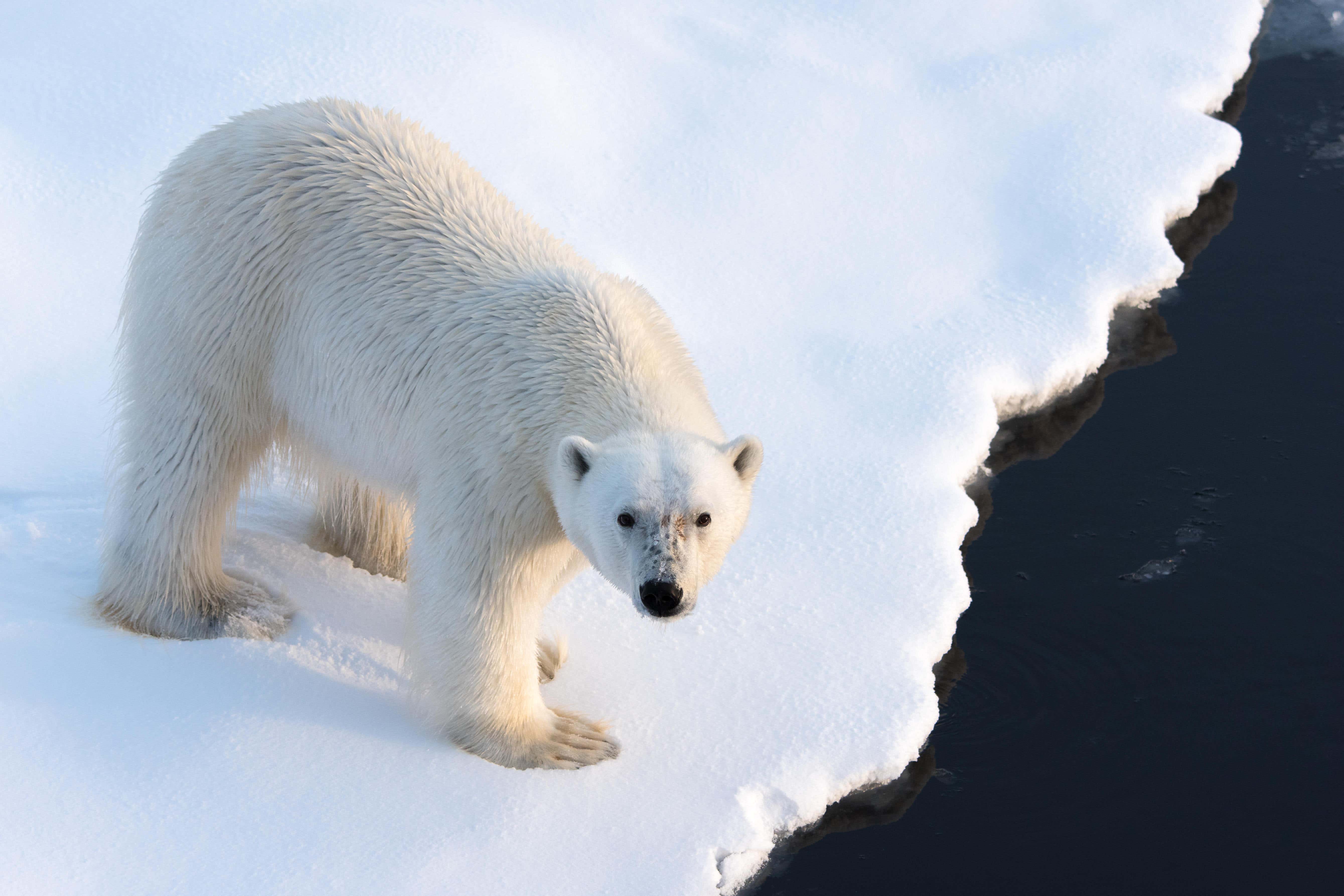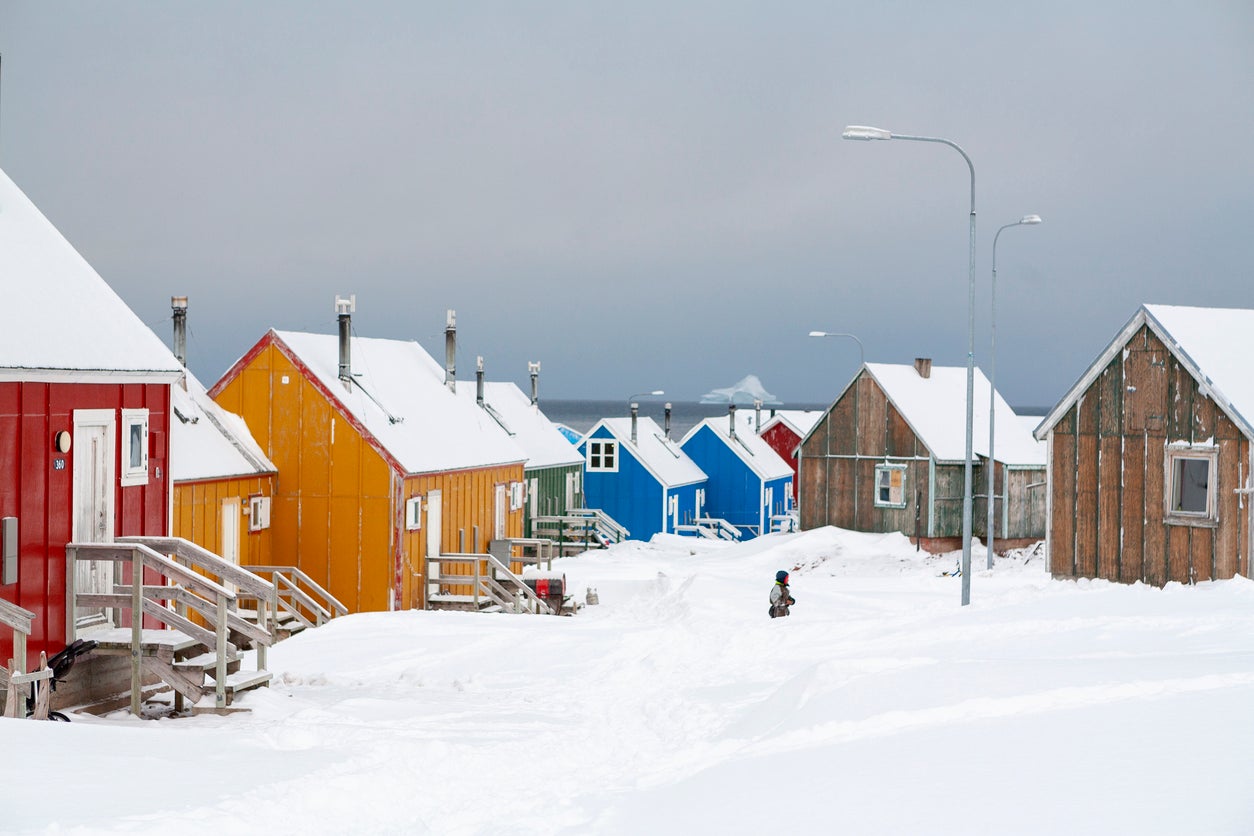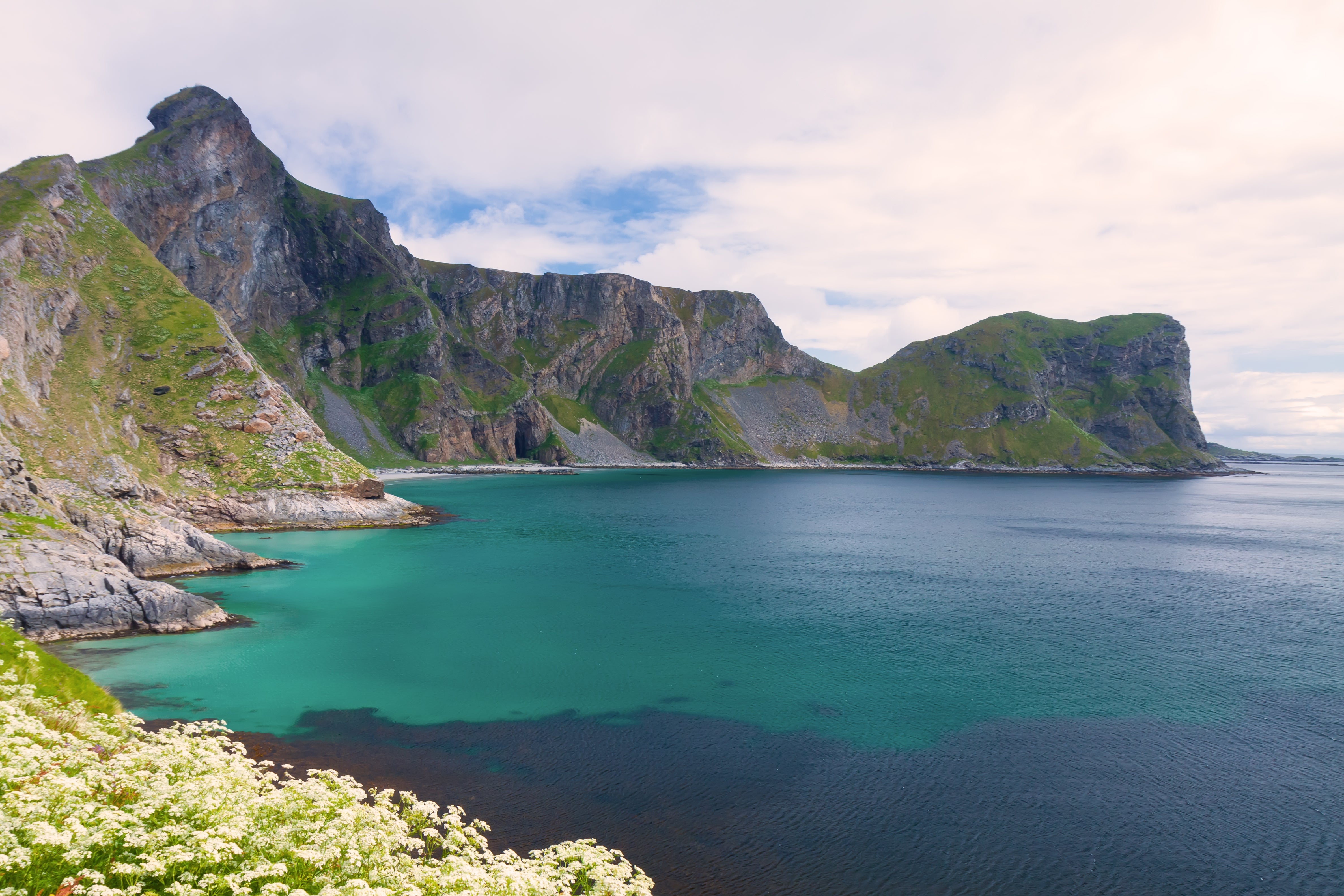How to cool off with bears and ‘bergs on Arctic holidays this summer
As the ice melts, now is the time to explore the far north

Over the last few years, our planet’s climate has been changing, transforming parts of southern Europe into a furnace during summer months. For the heat averse, it’s a good enough reason to turn around and head north, visiting remote regions that become accessible for just a brief few months.
The polar regions present some of the last true wilderness areas on our planet – but they are changing quicky.
So, if you want to beat the heat while experiencing some of our planet’s wildest wonders, here’s where to go.
A hat trick of Arctic escapes

Given the Arctic is a frozen body of water surrounded by land, much of the excitement in visiting the region lies at sea. Taking a cruise between key areas offers a chance to observe resident species and meet some of the communities who have survived in the far north for several generations.
Boarding the Ocean Explorer in Reykjavik, sail north through the Denmark Strait to Greenland’s remote and less visited east coast, where 40 per cent of the world’s musk ox population reside and communities live in towns with tongue-twisting names like Ittoqqortoormiit. Continue to Svalbard, home of the polar bear and thousands of seabirds nesting in steep cliffs. If conditions are good enough, the ship may even sail within 10 degrees of the North Pole.
How: A 15-day Three Arctic Islands cruise with Quark costs from £5,000, excluding flights. Departs August 25. exodus.co.uk
Read more on Europe travel:
Svalbard

A wilderness within remarkably easy reach, this Norwegian-ruled archipelago is one of the best places to observe polar bears in their natural habitat. As ice melts during summer months, when the sun shines for 24 hours a day, it’s possible to access many of the islands. Along with searching for bears on ice floes, there are chances to see walruses, Arctic foxes, and a sub-species of stocky reindeer endemic to the region. But the beauty of this place also lies in its dramatic landscapes: spikey mountains, deep curving valleys, and mighty glaciers twisting inland.
How: A 10-day Circumnavigating Spitsbergen cruise costs £6,590pp, including flights. Departures in June and July 2024. hurtigruten.com
West Greenland

Where do icebergs go to die? Disko Bay on the west coast of Greenland would be a good bet. Dozens of icy sculptures from the Jakobshavn glacier – one of the most productive in the northern hemisphere – collect in a pool of water outside the town of Ilulissat. Explore via a scenic boardwalk winding through an ancient Innuit settlement. Visit the site as part of a cruise along the coastline, the easiest way to access a country largely covered in ice.
How: An 8-day Greenland Disko Bay cruise with Albatross Expeditions costs from £7,190pp, excluding flights. Various departures in August. polarroutes.co.uk
Northwest Passage, Canada

Antarctica may frequently steal the limelight when it comes to tales of heroic expeditions, but the Canadian Arctic has a far more complex and intriguing human history. For almost 250 years, explorers ventured into these challenging waters in search of the fabled Northwest Passage – a trade route between the Atlantic and Pacific oceans. One of the biggest mysteries of that era surrounds the story of Sir John Franklin, who went missing in the ice in 1847. The graves of several sailors from his voyage can be seen on Beechey Island and his two lost ships were only uncovered in recent years. Climate change has opened up much of the icescape, making more of the Northwest Passage accessible on a tourist cruise.
How: A nine-day Arctic Express Canada cruise costs from £4,500pp, excluding flights. quarkexpeditions.com
Lofoten Islands, Norway

There’s no need to travel to the far reaches of our planet to experience the Arctic environment. Sitting above the Arctic Circle, Norway’s Lofoten Islands share the same vertiginous mountain geology with Svalbard, bathed in summer months by the midnight sun. Stay in a traditional red-painted fisherman’s cabin and spend days hiking along trails. In warm weather, sparkling white beaches scattered with scarlet starfish could easily be mistaken for the Caribbean – not something you’d expect to see at these northerly latitudes.
How: A seven-day tailor-made trip costs from £2,070pp, including B&B accommodation, flights and car hire. best-served.co.uk
Read more: The best places to see the Northern Lights around the world – and when to visit
Join our commenting forum
Join thought-provoking conversations, follow other Independent readers and see their replies
Comments
Bookmark popover
Removed from bookmarks